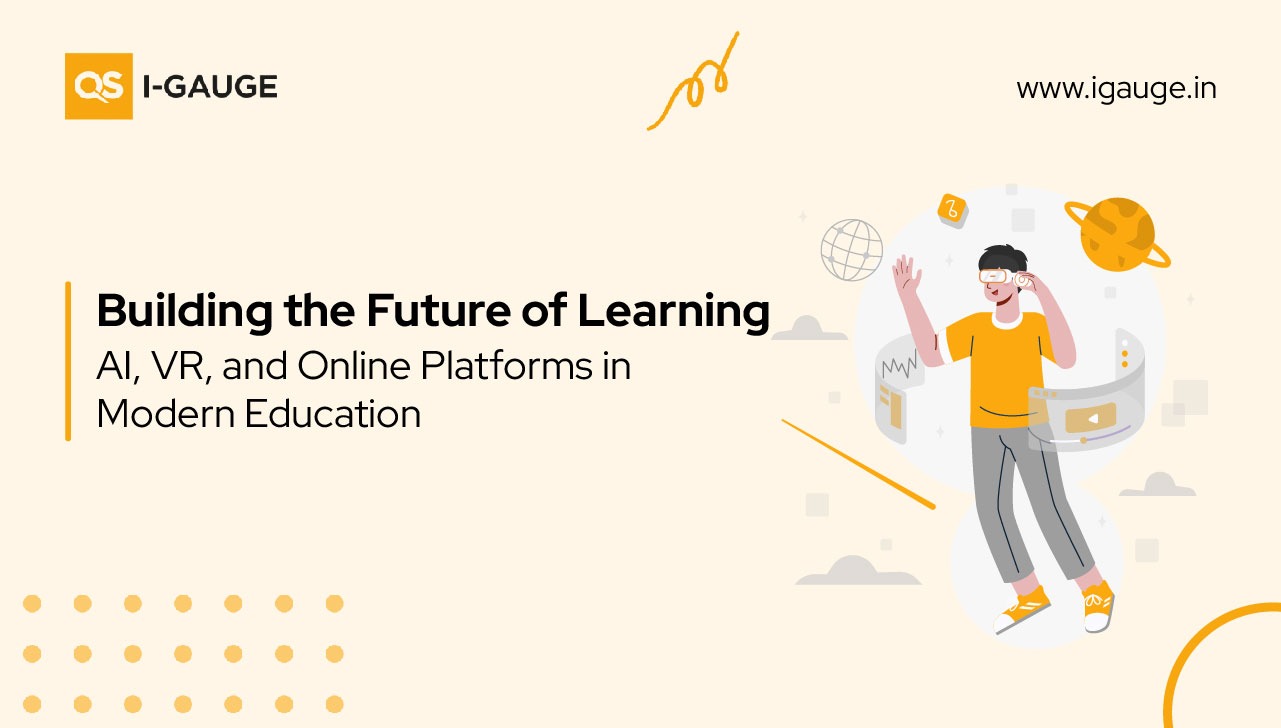
Data analytics is revolutionising industries worldwide, and education is no exception. For educators, it offers a powerful means to understand patterns, refine approaches, and create impactful learning experiences. As technology becomes increasingly integrated into education, the role of data analytics in shaping meaningful outcomes continues to grow, driving innovation and progress.
This blog delves into the significance of data analytics in education and how educators can harness its potential to shape the future of learning.
Reports state that the market size of global big data analytics in education is expected to reach $47.82 billion by 2027, establishing a growth of 20.79% CAGR between 2021 and 2027. 1
Challenges with conventional methods
Historically, educators relied on manual processes for tasks like attendance and grading, limited data use with manual record-keeping, and static reporting, which hindered timely responses to student performance trends, and challenges in making informed decisions due to incomplete or inaccurate data.
- For instance, up to 70% of teachers spent considerable time on paperwork for student records and assessments, which was often tedious and prone to errors. 2 &3
- Studies indicate that with limited access to data analytics tools and relying on basic record-keeping, only 30% of teachers felt capable of effectively analysing student data to guide their teaching. 2
- Before 2016 or prior to the digital transformation, only 55% of K–12 teachers used technology daily, making teaching less interactive and engaging for students. 4
Conventional methods often employ a uniform teaching strategy that fails to accommodate individual learning styles and paces. Research indicates that nearly 70% of students find traditional classrooms unengaging due to this rigidity. 5
Digital transformation was imperative in the educational processes to address the inefficiencies and limitations of conventional methods. Data analytics has emerged as a powerful tool, transforming how schools, colleges, and universities operate and enhance learning outcomes.
What constitutes data analytics?
Data analytics in education encompasses the
1. Collection
2. Processing and
3. Analysis of information
about students, teachers, and learning environments to derive valuable insights.
This data may include metrics on student performance, attendance records, behavioural patterns, learning preferences, and levels of engagement, often sourced from digital platforms, assessments, and various educational tools. By converting raw data into actionable information, educators and institutions can make informed, data-driven decisions to enhance the quality and effectiveness of education.
How data analytics is reshaping education
For the teaching and learning processes -
1. Learner-centered approach – Data analytics empowers educators to personalise learning by adopting content, methods, and assessments to meet diverse student needs. Adaptive platforms use real-time data to adjust lesson pace and content, enhancing engagement and mastery. By analysing performance and learning styles, teachers can address gaps, anticipate challenges, and implement targeted interventions. This data-driven approach creates inclusive, effective, and student-focused education, ensuring deeper understanding and success for every learner.
For instance, it is seen that 75% of educators who use data analytics report that it enables them to provide more personalised support to learners. 6
2. Advanced academic performance insights - Data analytics improves student performance monitoring by providing real-time insights into progress and engagement. Educators can quickly identify strengths, weaknesses, and trends, enabling timely interventions. Predictive tools help anticipate challenges, while dashboards simplify tracking, enhancing academic growth and success.
For example, schools that adopted data monitoring systems experienced a 20% decrease in dropout rates, as they were able to offer proactive support to students at risk.6
3. Improved course design - Data analytics enhances course design by analysing learner progress and engagement trends. It helps educators identify effective teaching methods, address learning gaps, and adapt content to diverse needs. Predictive insights enable proactive curriculum adjustments, while real-time feedback ensures relevance and effectiveness.
Studies show that 70% of the institutions use data-driven insights to modify and refine their curricula and instructional materials. 6
For the administration process –
1. Operational efficiency - Real-time dashboards and automated reporting systems alleviate administrative burdens by offering quick access to key metrics like attendance, financial data, and academic performance. This streamlining enhances decision-making and saves time for administrators, enabling them to swiftly address emerging issues. With up-to-date insights on aspects like teacher attendance and student performance, timely decisions can be made to improve educational outcomes. Numerous routine administrative responsibilities can be streamlined such as admissions processing and financial reporting—liberating staff time for more strategic endeavors. This increased efficiency not only minimises errors but also enables staff to concentrate on improving the educational experience for students.
2. Staff performance monitoring - Data analytics offers valuable insights into teaching effectiveness by utilising classroom observations, student feedback, and achievement metrics. This process helps pinpoint strengths and areas needing professional development for teachers and promoting ongoing improvement.
3. Resource allocation and optimisation - Schools can leverage data to enhance resource allocation, including teaching staff, classroom supplies, and budgets. For instance, insights from enrollment trends and subject demand can guide hiring choices, while evaluating classroom usage promotes effective space management. By examining program popularity and student needs data, administrators can make well-informed decisions on which programs to expand or adjust, ensuring that resources are utilised where they are most essential.
4. Enhanced communication and collaboration between departments - Integrating data analytics into management systems enhances department communication. Administrators can share insights across various functions—such as finance, human resources, and academic divisions—facilitating a more collaborative approach to problem-solving and strategic development.
Conclusion
Incorporating data analytics in education has profoundly transformed teaching methods and student learning experiences. As technology advances, the influence of data analytics in education is anticipated to expand even more, significantly impacting the future of teaching and learning for many generations ahead.
Disclaimer
The blog is curated by referring to various credible sources and does not necessarily reflect the opinions or positions of QS I-GAUGE. The information provided is for general informational purposes only, readers are advised to conduct their own research and seek professional advice before making any decisions.
References
https://www.billabonghighschool.com/blogs/pros-and-cons-of-traditional-teaching-a-detailed-guide/ 2
https://motherspet.com/blogs/the-traditional-method-of-teaching-and-education.html 3
https://educationonline.ku.edu/community/how-teaching-with-technology-has-transformed-education 4
https://world-schools.com/challenges-of-traditional-schooling/ 5
https://thehyperstack.com/blog/using-data-analytics-enhance-student-learning-outcomes/ 5
https://www.enfuse-solutions.com/how-data-analytics-is-transforming-the-education-industry/ 6
https://scriptshub.net/resources/blogs/data-analytics-in-education/ 6
https://keenethics.com/blog/data-analytics-in-education-6-strategies-for-success 6
Read more:
https://blog.epm.co.uk/human-resources/harnessing-data-analytics
https://blog.isams.com/the-benefits-of-integrated-data-analytics-for-schools




